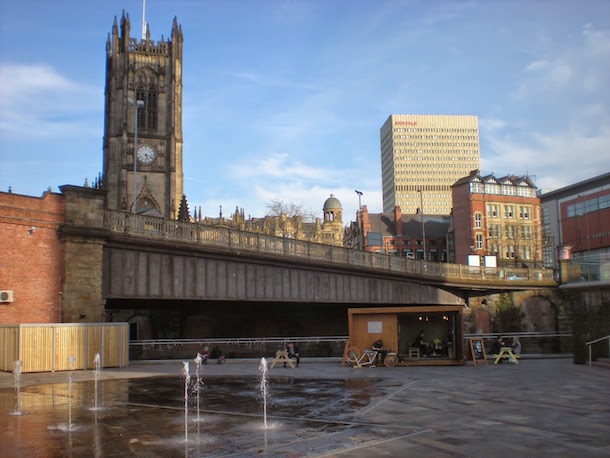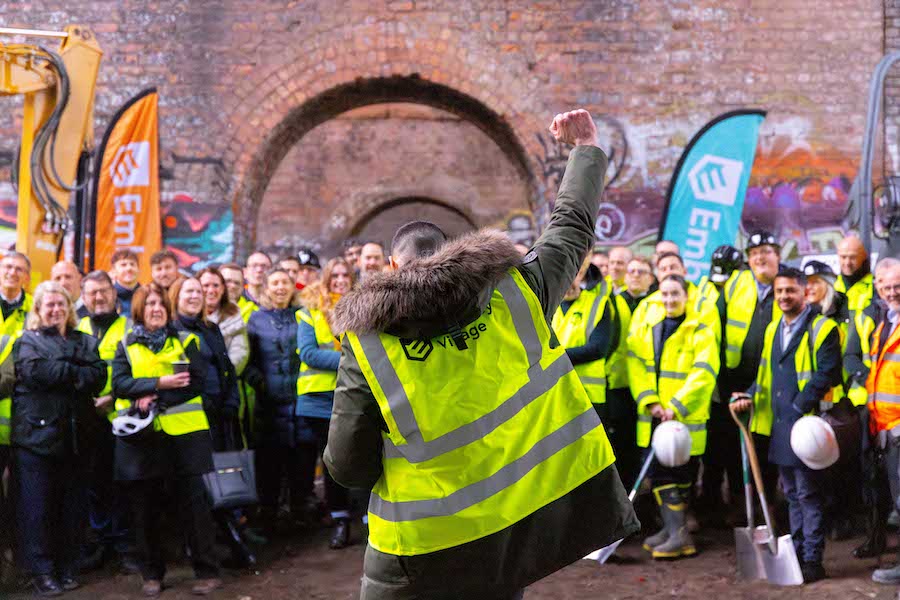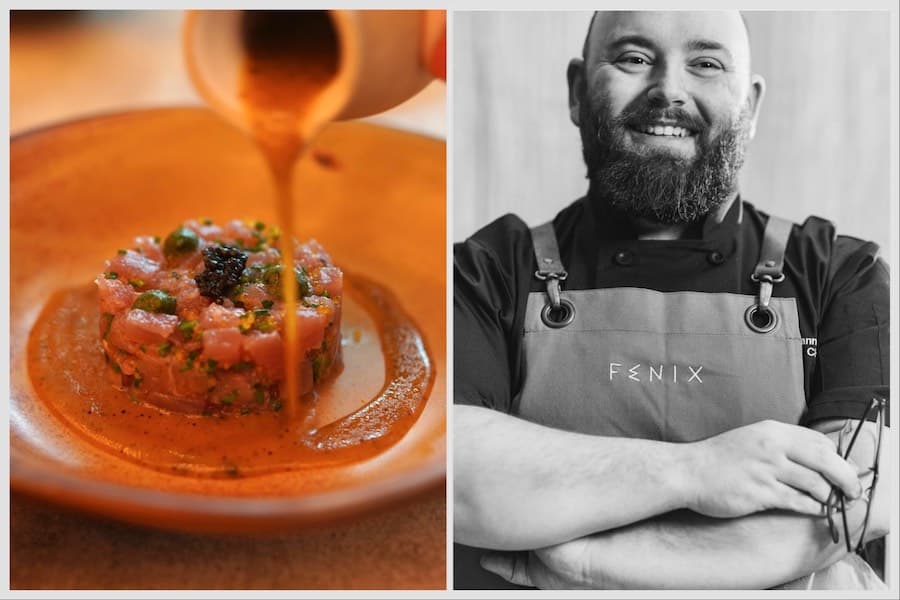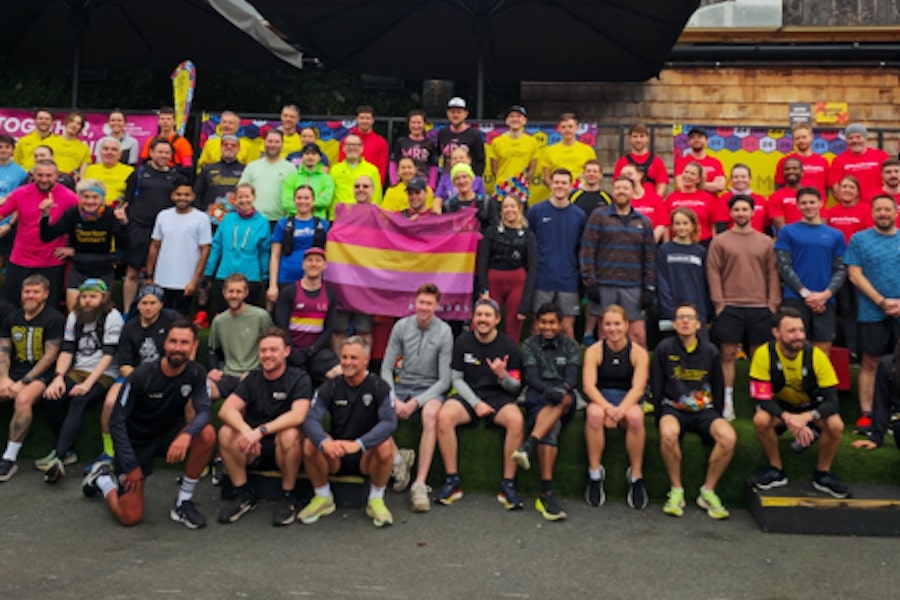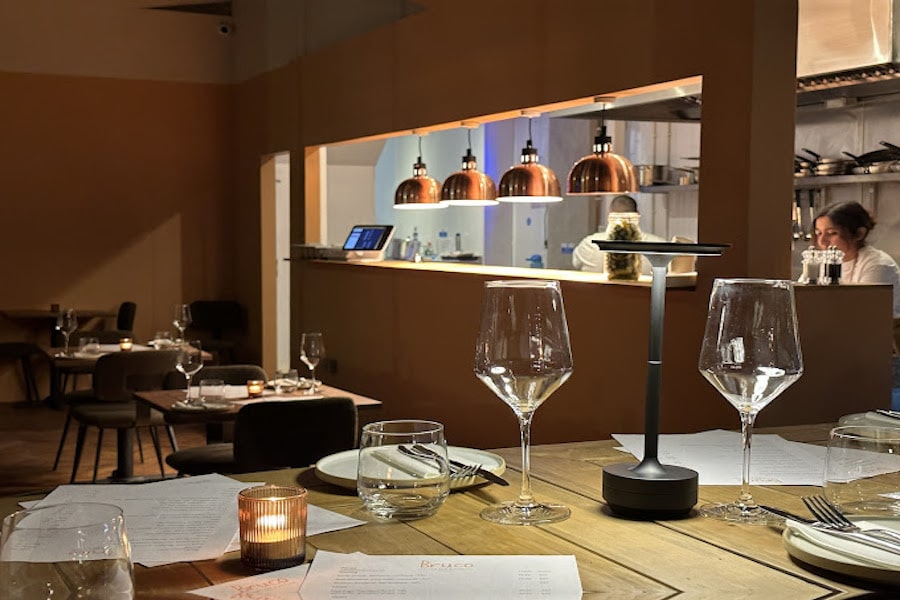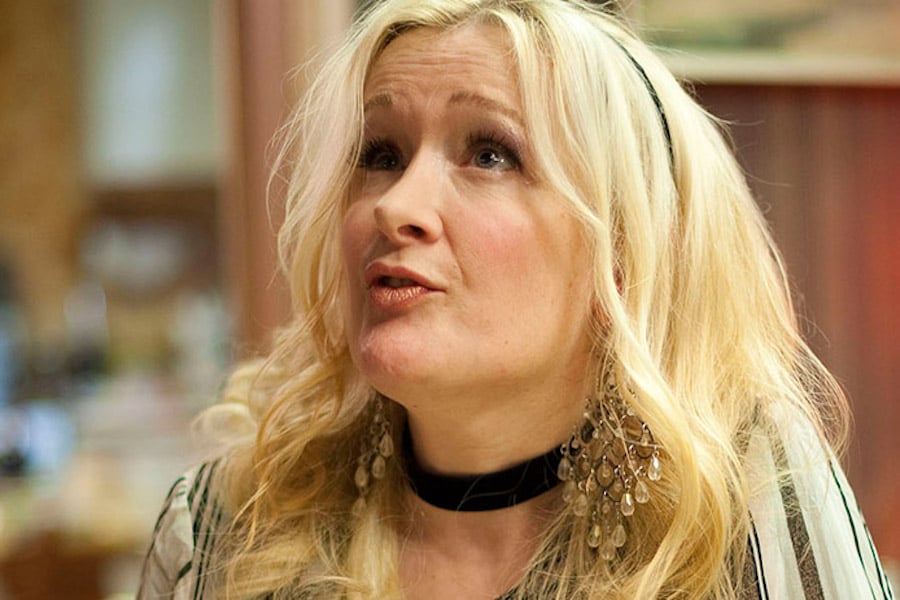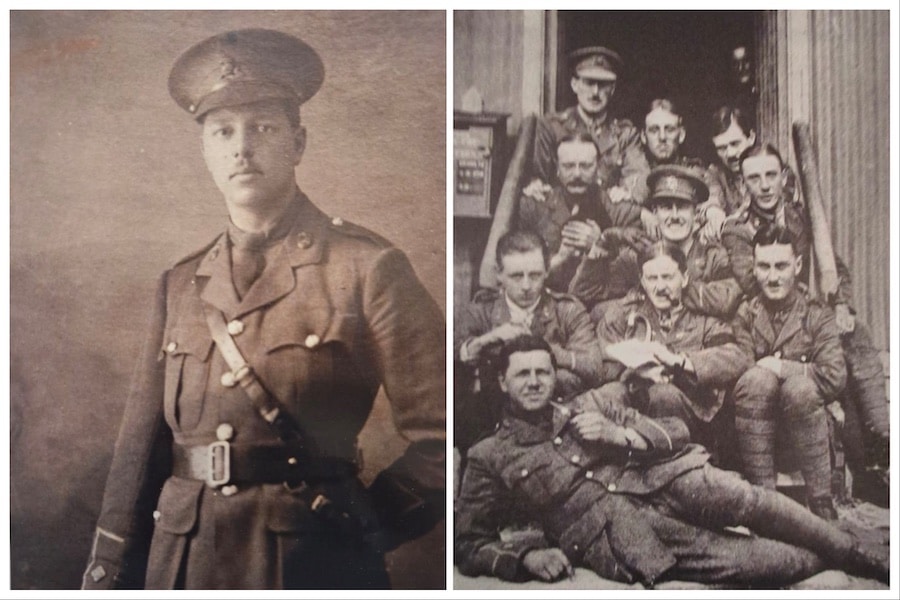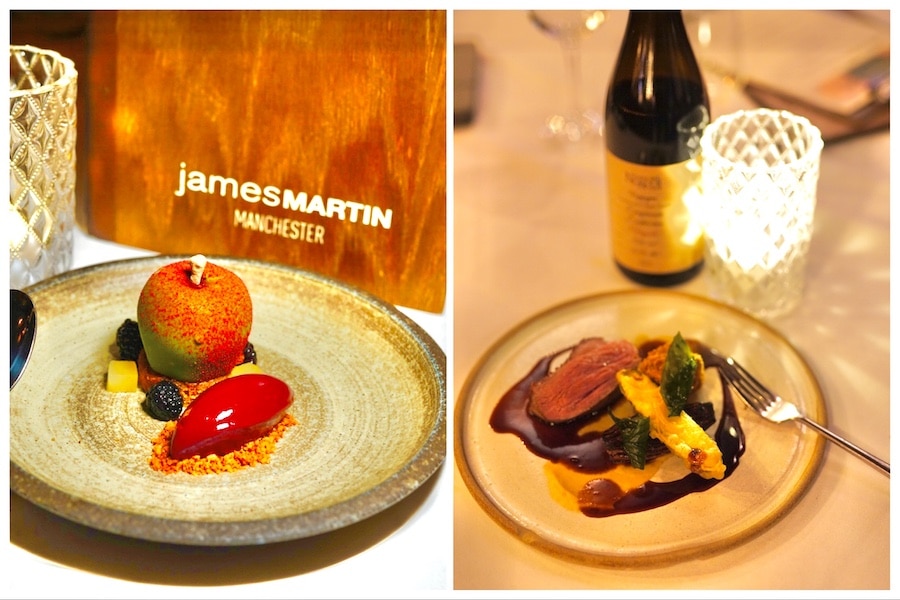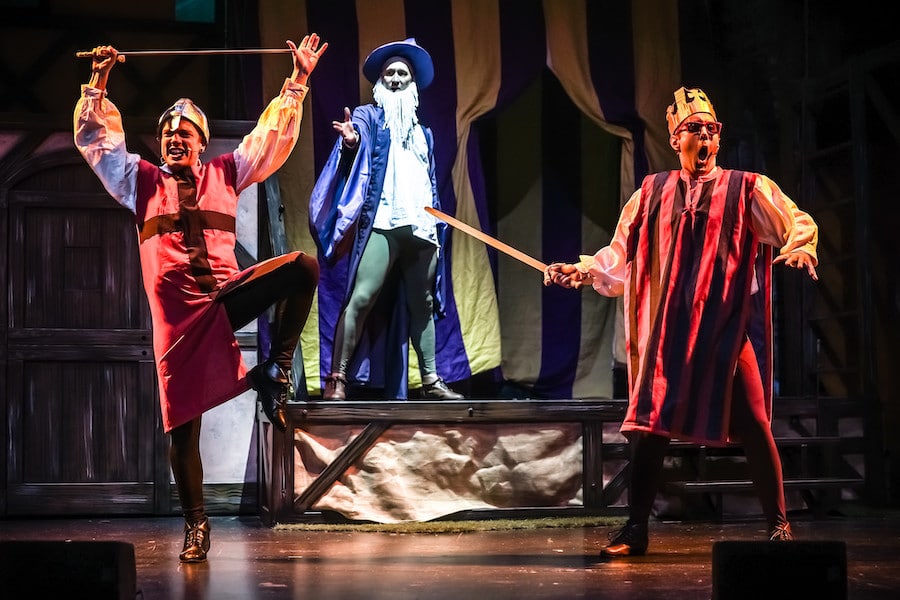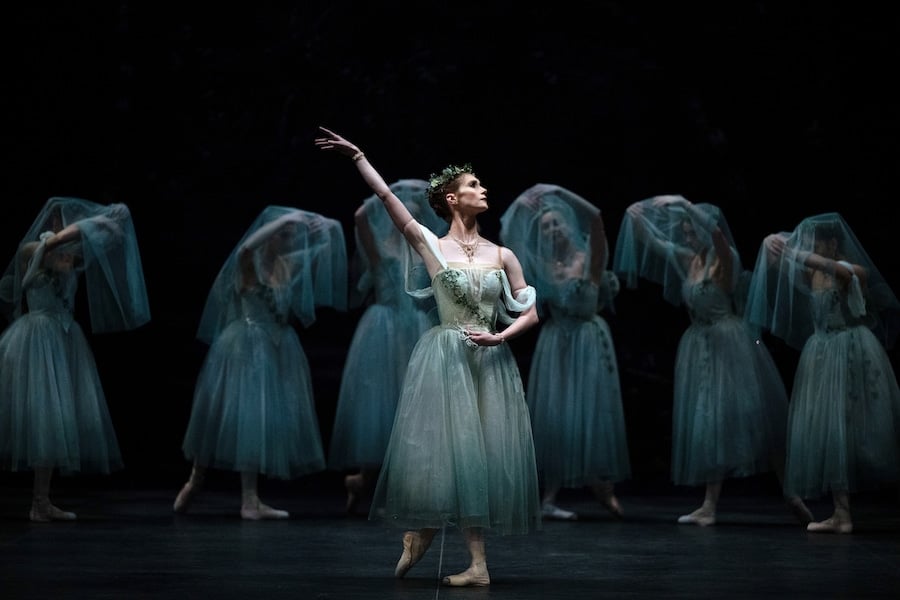Manchester and Salford: so what’s the difference?
- Written by Stephen Lewis
- Last updated 2 years ago
- City of Manchester, City of Salford, Civic, Cornerstone
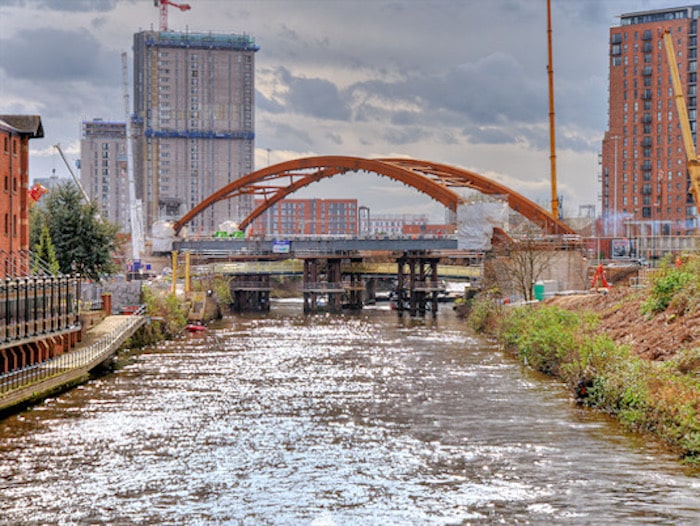
Someone stopped me in town the other day asking for directions to Salford. I couldn’t answer, despite the fact that I was born in Manchester and have lived here most of my life (including 15 years in Salford). I needed a bit more information. Which bit of Salford exactly?
According to Google Maps, Salford is a patch of grass in Pendleton between Aldi and Lidl, a stone’s throw from Salford Precinct. But I doubt that’s where the person who stopped me wanted to go.
So for the benefit of anyone who isn’t quite sure where Salford is, and how and why it’s different from Manchester, here’s a quick guide.
Salford is the name of a metropolitan borough in the metropolitan county of Greater Manchester. It’s a collection of small towns, none of which is called Salford. A bit like Trafford, except Salford is a city, too. It’s the part of the conurbation which is adjacent to the city of Manchester, west of the Irwell. Apart from the bit which is east of the Irwell.
The original township of Salford is opposite Manchester Cathedral but is now called Greengate. And to make matters even more confusing, Salford is also the name of an ancient division of Lancashire, the Salford Hundred or Salfordshire.
The city of Salford has grown by absorbing places like Eccles, Worsley, Irlam, Cadishead, Swinton and Pendlebury following successive local government reforms. And it’s only existed in its current form since 1974, when it tripled in size.
That’s why, unlike most cities, Salford hasn’t got a centre. Or you could say it’s a city with multiple centres, depending on your perspective.
Having established what Salford is and where it is, how is it different from Manchester?
During the Civil War of 1640–49, Salford was Royalist whilst Manchester was Parliamentarian. Apart from that, visitors have found it hard to tell the difference between them for hundreds of years.
When I was a kid growing up in north Manchester, the difference between Manchester and Salford was that while Manchester was grim, Salford was grimmer. Salford had the reputation of being a bit rough around the edges. It was Manchester’s East End, despite the fact that it’s west of Manchester.
When you were in town, you could tell the difference between the Manchester side of the river and the Salford side because Deansgate was thriving whilst Chapel Street was run down and neglected.
If you were drinking in a pub on the Salford side of the river, the bell for last orders would ring at 10.30. But thanks to local byelaws, you could nip over the bridge onto Deansgate on the Manchester side of the river where pubs served until 11.
Nowadays, it’s harder to tell them apart. The redevelopment of Chapel Street, New Bailey and Greengate is turning the city centre into one seamless metropolis. The first five star hotel in Greater Manchester is on the Salford side of river.
It’s the same in the suburbs. Not so long ago, I moved from Salford to Manchester. The only difference I’ve noticed is the day on which my rubbish is collected and the colour of the recycling bins. I may live in Manchester now but my nearest football club is Salford City.
Take away the signs which tell you that you are now in Salford or Manchester (or IN Salford to be more precise) and you’d be hard put to tell them apart. This is hardly surprising. They are twin cities built on manufacturing industry, cotton and engineering.
Their proximity and similarity to each other mean that Salford is often perceived to be part of Manchester. This is a source of great consternation to Salfordians who are proud of where they come from and point out that Salford is older and was once more important than Manchester.
This may well be true, but Salford has been overshadowed by Manchester for hundreds of years. As John Marius Wilson, Imperial Gazetteer of England and Wales (1870-72), wrote, Salford “was politically superior to [Manchester] in the 9th century; became afterwards suburban to it; is now, in participation of its trade, and for all other practical purposes, an integral part of it; presents a near resemblance to it in streets and edifices; contains several public buildings and a great public park, which belong fully more to Manchester than to itself.”
Nevertheless, Salford received city status in 1926 – more than 70 years after Manchester – thanks to a campaign supported by the Home Secretary, William Joynson-Hicks – formerly MP for a Manchester constituency – despite opposition from civil servants who described it as “merely a scratch collection of 240,000 people cut off from Manchester by the river”. Clearly they couldn’t tell the difference between Manchester and Salford either.
Despite the similarity, or maybe because of it, some Salfordians like to emphasize their separateness. So when the University of Salford rebrands itself as University of Salford Manchester, or when The Lowry Outlet gives its address as Media City, Manchester, they fear that Salford is being ‘wiped off the map.’
It’s not. The two cities coalesced years ago. The sign over the entrance to the docks (now Salford Quays) used to say Manchester Docks, not Salford Docks. Manchester Racecourse and the old Manchester Exchange Station were both in Salford, too.
If Manchester is better known than Salford and perceived to be more important, it makes sense to market yourself as Salford Manchester. Or maybe we should take a leaf out of NewcastleGateshead’s book and call the conurbation ManchesterSalford for marketing purposes.
Some Salfordians complain that many of the people who put Manchester on the map were actually from Salford- people like New Order, Joy Division, Happy Mondays and even Mr Manchester himself, Tony Wilson.
This is certainly true, but Salford is no slouch in claiming Mancunians as its own. If Tony Wilson was a Salfordian by virtue of the fact that he was born in Salford and spent the early years of his life there, by the same definition Lowry was a Mancunian.
And an iconic photo of The Smiths, a Manchester band, standing outside Salford Lads Club has probably done more to put the city on the map than generations of its civic leaders.
And what about Mrs Pankhurst? She was born in Moss Side but lived in Pendlebury for many years. Does she belong to Salford or Manchester? And more importantly, does it really matter?
The people of Manchester and Salford are cut from the same cloth – cotton. They share the same DNA, and any differences which may have existed once have disappeared thanks to increased mobility.
Take three celebrated individuals whose work is often considered to epitomise Salford – folk singer Ewan MacColl, author Shelagh Delaney, and poet Dr John Cooper Clarke.
All technically from Salford, or Broughton to be more precise, which has been part of Salford since 1853, despite the fact that, unlike the rest of Salford, it’s on the east bank of the Irwell and is geographically part of Manchester.
Would their work have been any different had they been born a mile down the road in Manchester? I doubt it. They just happen to have been born on the Salford side of an artificial and meaningless boundary.
Ewan MacColl may well have written Dirty Old Town about Salford but he also wrote The Manchester Rambler.
So there you have it. Manchester and Salford. As different as London and Westminster. Twin cities which merged physically and culturally years ago to become one metropolis but which will remain forever separate. “One of the most curious anomalies of England,” as the historian Sir Nikolaus Pevsner put it.
So what’s the difference? You tell me.
- This article was last updated 2 years ago.
- It was first published on 20 February 2016 and is subject to be updated from time to time. Please refresh or return to see the latest version.
Did we miss something? Let us know: [email protected]
Want to be the first to receive all the latest news stories, what’s on and events from the heart of Manchester? Sign up here.
Manchester is a successful city, but many people suffer. I Love Manchester helps raise awareness and funds to help improve the lives and prospects of people across Greater Manchester – and we can’t do it without your help. So please support us with what you can so we can continue to spread the love. Thank you in advance!
Got a story worth sharing?
What’s the story? We are all ears when it comes to positive news and inspiring stories. You can send story ideas to [email protected]
An email you’ll love. Subscribe to our newsletter to get the latest news stories delivered direct to your inbox.

“Great food at excellent value” An authentic taste of Naples arrives in Ancoats
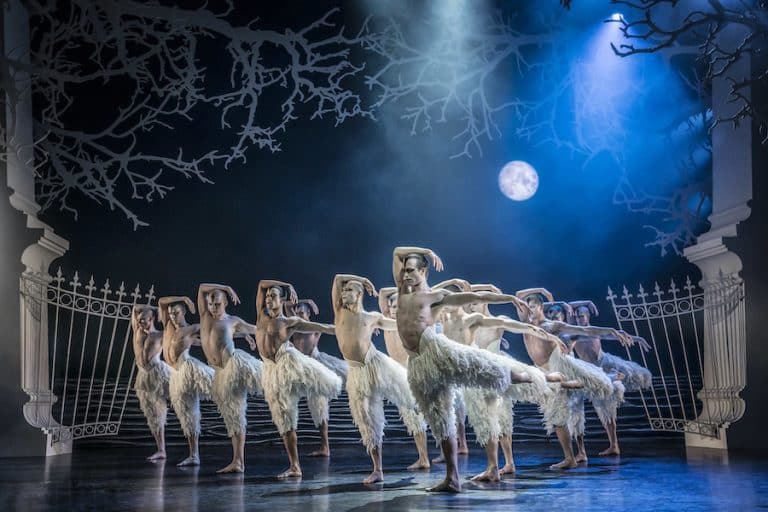
Review: Matthew Bourne’s Swan Lake at the Lowry is ‘a bold, contemporary twist on a timeless classic’
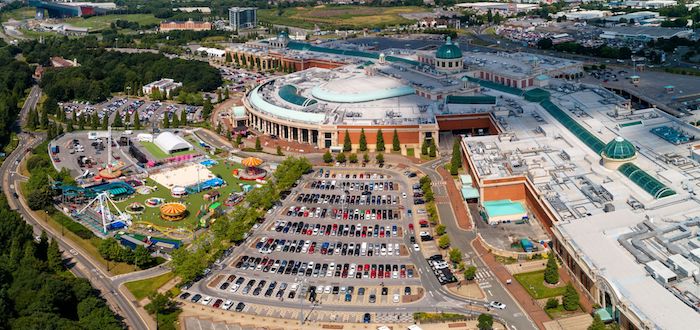
Convenience meets luxury with Trafford Centre’s premium parking
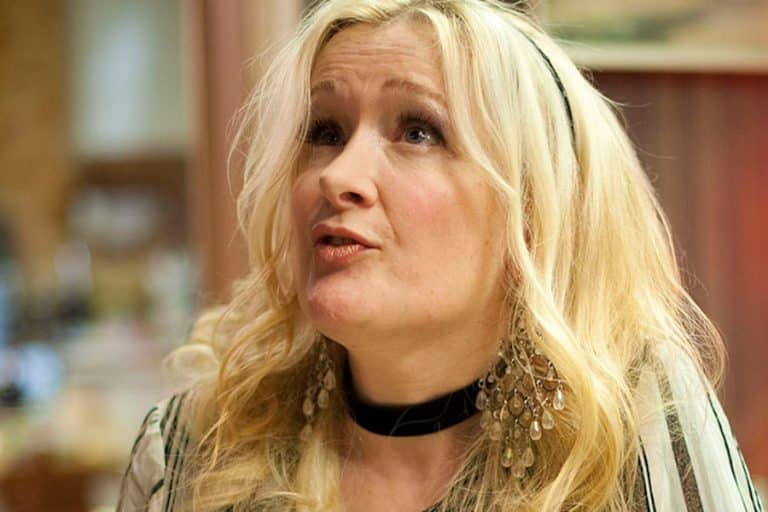
Comedian spearheads campaign for a statue of beloved comic Caroline Aherne
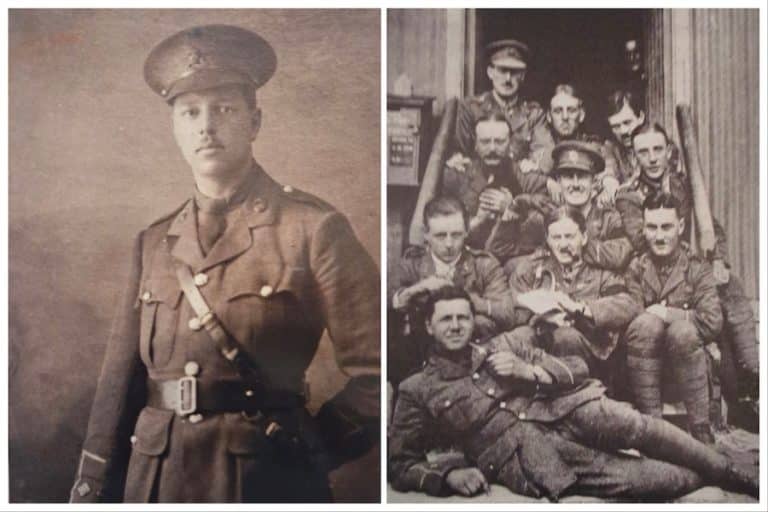
From Altrincham to the Somme: WW1 officer’s poignant sketches to go on display as part of Remembrance Exhibition




